
Dame Whina Cooper was a respected kuia, who worked for many years for the rights of her people, and particularly to improve the lot of Māori women. Her wide influence and nationally recognised activity led her to be acknowledged with awards in both the British (Imperial) and New Zealand Royal Honours Systems, and by her own people, who bestowed the title Te Whaea o te Motu upon her.
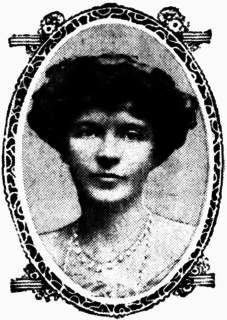
Ethel Turner was an English-born Australian novelist and children's literature writer.

Rita Angus was a New Zealand painter. Along with Colin McCahon and Toss Woollaston, she is credited as one of the leading figures in twentieth century New Zealand art. She worked primarily in oil and water colour, and is well known for her portraits and landscapes.
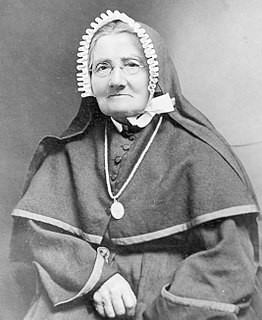
SuzanneAubert, better known to many by her cleric name Sister Mary Joseph or Mother Aubert, was a Catholic sister who started a home for orphans and the under-privileged in Jerusalem, New Zealand on the Whanganui River in 1885. Aubert first came to New Zealand in 1860 and formed the Congregation of the Holy Family to educate Māori children. She founded a religious order, the Daughters of Our Lady of Compassion in 1892. Aubert later started two hospitals in Wellington; the first, St Joseph's Home for the Incurables in 1900, and Our Lady's Home of Compassion in 1907.
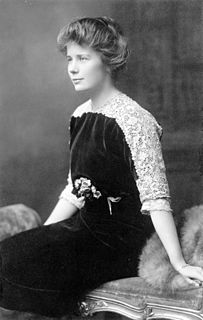
Ethel Carow Roosevelt Derby was the youngest daughter and fourth child of the President of the United States Theodore Roosevelt. Known as The Queen of Oyster Bay and The First Lady of Oyster Bay by its Long Island residents, Ethel was instrumental in preserving both the legacy of her father as well as the family home, "Sagamore Hill" for future generations, especially after the death of her mother, Edith, in 1948.
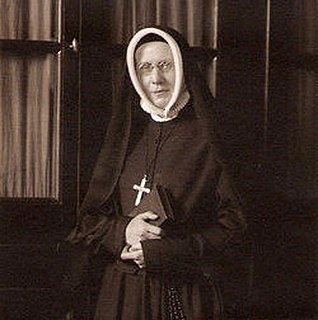
Janet Erskine Stuart, RSCJ, also known as Mother Janet Stuart, was a Roman Catholic nun and educator. She founded a number of schools.

Ethel Rebecca Benjamin was New Zealand's first female lawyer. On 17 September 1897, she became the first woman in the British Empire to appear as counsel in court, representing a client for the recovery of a debt. She was the second woman in the Empire to be admitted as a barrister and solicitor, two months after Clara Brett Martin of Canada.
Dorothy Kate Richmond, known as Dolla Richmond, was a New Zealand painter noted for her watercolour paintings of natural plants and animals and panoramic landscapes.
Elizabeth Grace Neill was a nurse from New Zealand who lobbied for passage of laws requiring training and national registration of nurses and midwives; in 1901, New Zealand was the first country in the world to introduce such laws. The nursing experience she received during her early life inspired her to reform many aspects of the nursing practice, and her experience as a factory inspector led her to instigate other social reforms.

Evelyn Margaret Page was a New Zealand artist. Her career covered seven decades, and her main areas of interest were landscapes, portraits, still lifes and nudes.
Marjory Hinemoa Mills was a New Zealand embroiderer who was an artist and business owner.
Harry Borrer Kirk was a New Zealand school inspector, biologist and university professor.
Fanny Louise Irvine-Smith was a New Zealand teacher, lecturer and writer.
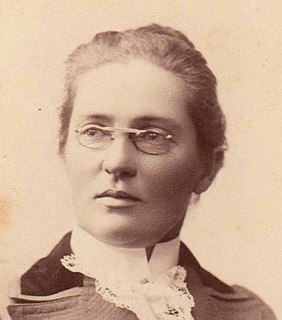
Christina Kirk Henderson was a New Zealand teacher, feminist, prohibitionist, social reformer and editor.
Frances Ann Stewart was an Australian-born New Zealand social activist for women and children's rights. She was the first female member of a New Zealand hospital board.

Hermina "Mina" Arndt was a New Zealand painter.
Margaret Andrews Alcorn was an interior decorator and business owner in Wellington, New Zealand.

Margaret Magill was a teacher and school principal from New Zealand. She was the first woman to serve as the head of the New Zealand Educational Institute (NZEI) and served on the Eastbourne Borough Council, as well as serving as Deputy Mayor for multiple terms. She lived openly with her lesbian partner and was part of a lesbian circle which included her sister and the sister's partner as well.















